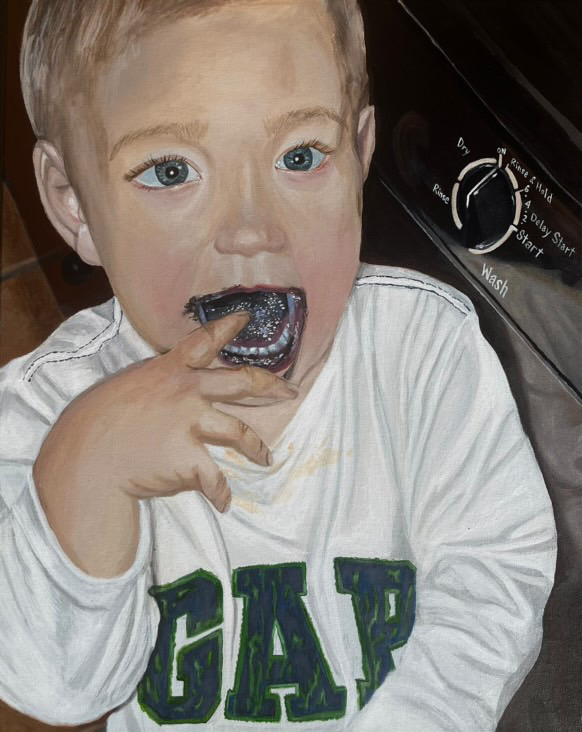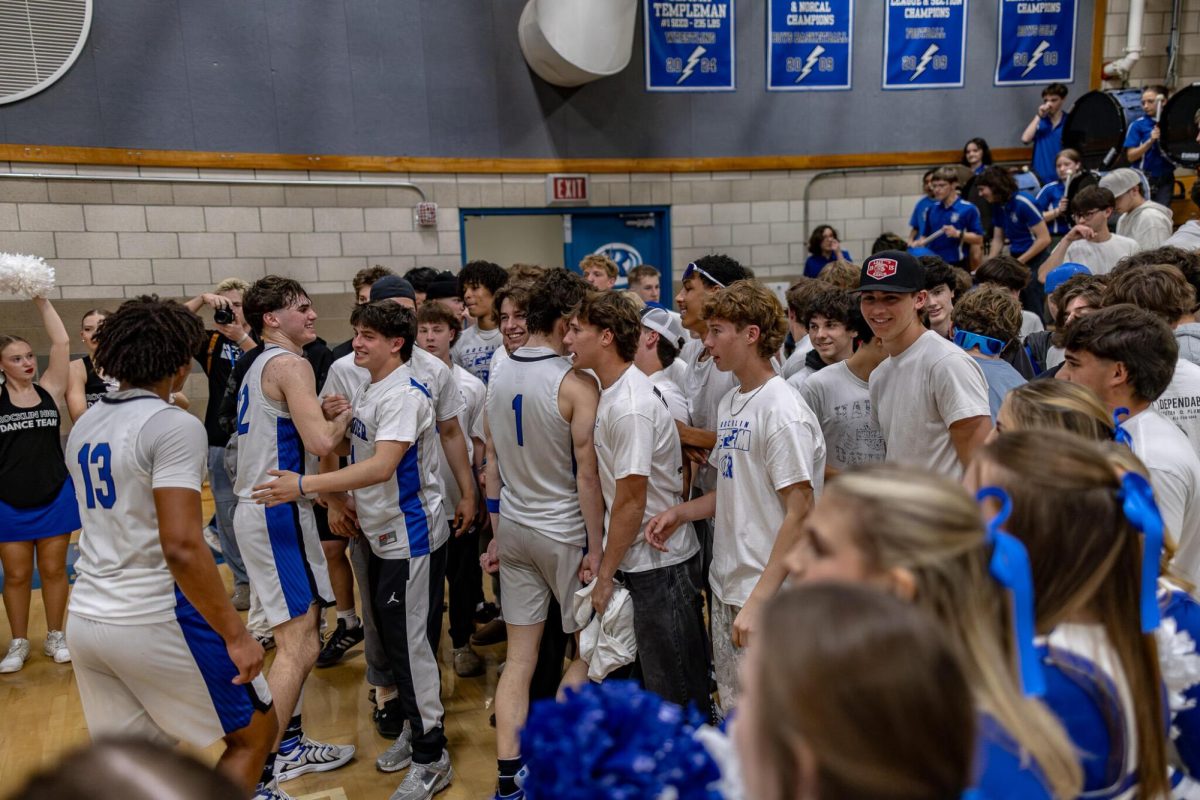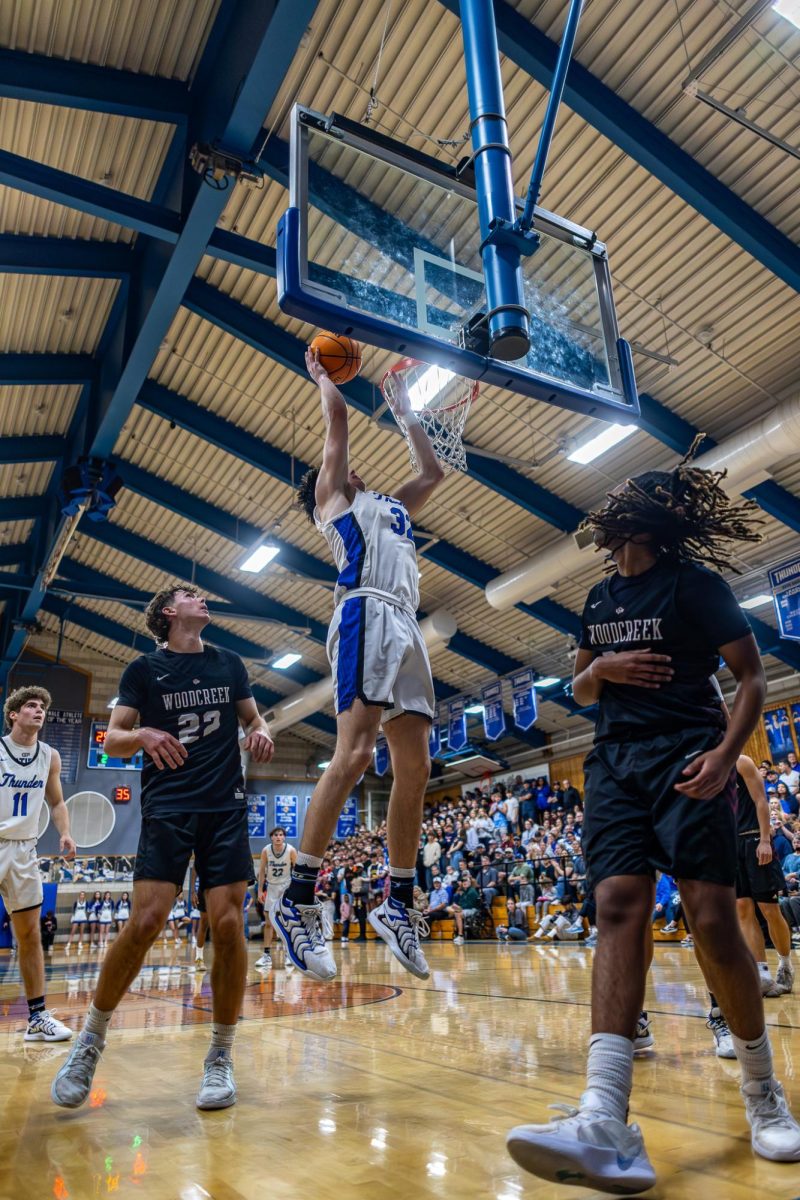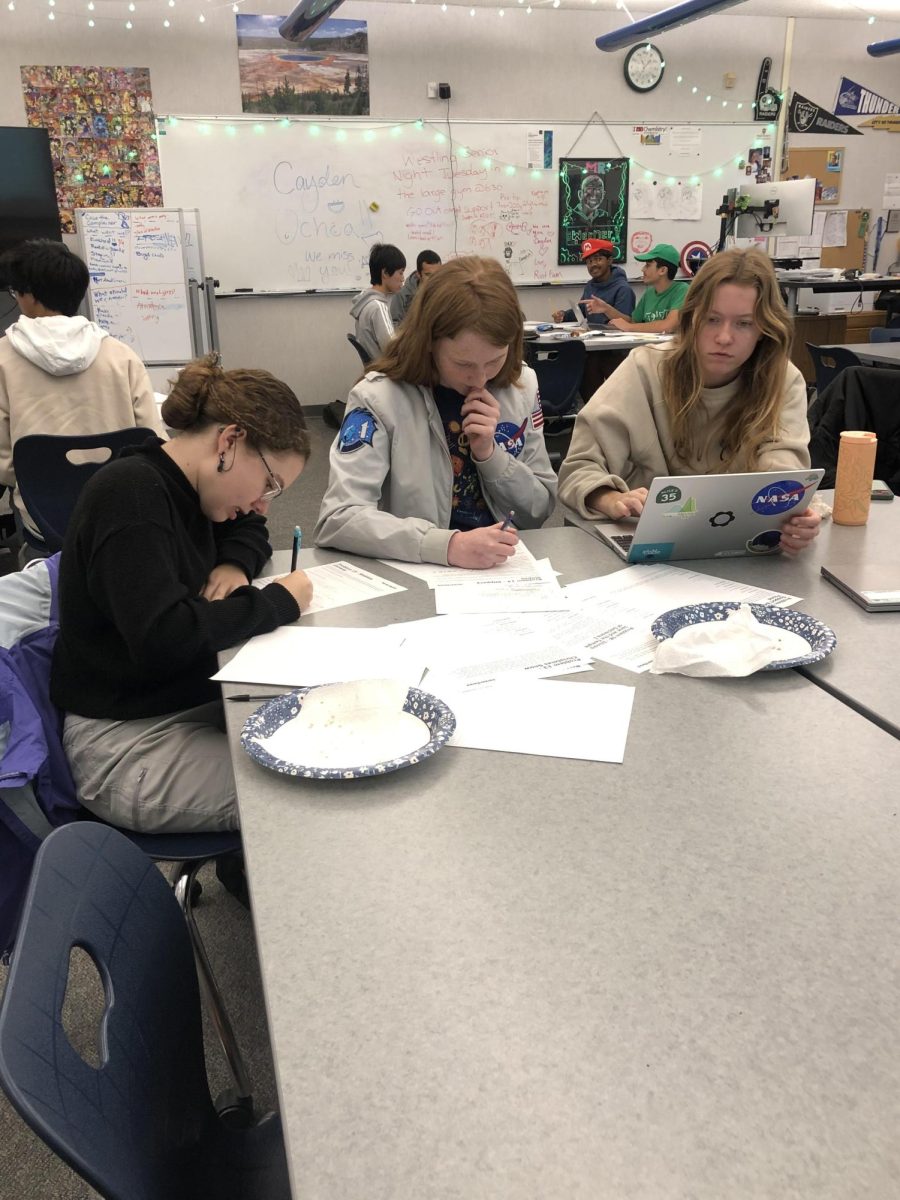The College Board offers 39 AP courses, many of which require students to study content throughout the year and take the final exam in May. Most of these courses require students to answer multiple-choice questions and free-response questions. However, a few classes are exceptions, one of them being AP Art and Design.
AP Art and Design consists of three separate AP classes: AP Art and Design 2-D, AP Art and Design 3-D, and AP Art Drawing. The differences between each of these are the constraints in which one can work. AP Art Drawing for example includes “analog and digital drawing, painting, printmaking, and mixed media work,” according to the College Board. Students who take AP Art are required to create artworks or “sustained investigations” throughout the year to then send a portfolio off to CollegeBoard for grading. These sustained investigations are all based on the students’ sustained investigation questions, which they use to explore their themes and create art pieces that showcase their experience and thoughts about their topic. Once the sustained investigations are completed, artists choose a few “selected works” that will showcase their findings and understanding of their questions.
Ella Pizzuti, a senior at Rocklin High School (RHS) is currently taking AP Art Drawing. Her sustained investigation question explores “how growing up affects creativity,” she said.
“I took AP Art because I have always enjoyed art since I was young, and I think having it as a class helps me set aside time to do something that I enjoy,” she said.
Despite the class lacking the traditional tests, quizzes, and homework, Pizzuti said, “The class isn’t super difficult since the entire class is kind of centered around what you want to create, but the deadlines make it more difficult.” Compared to other AP classes such as AP Government which Pizzuti is currently taking, “AP Art is different than an average AP class because it definitely gives you more freedom to create what you want,” Pizzuti said. “I think the hard part is making sure your pieces convey what you need them to because they may make sense to you but not anyone else.” Because of this, the College Board gives space for the students to describe their art and their processes as well as the meaning behind it to bring more clarity for the graders.
RHS senior Ben Sackinsky is also taking AP Art Drawing. Sackinsky has been creatively involved with ASB by being in charge of designing the winning floats every year in addition to taking creative photos and designs for the school.
“I decided to take AP Art because I wanted to impr ove my artistic skills along with putting together a strong portfolio of pieces,” he said. Sackinskiy has taken numerous AP courses throughout his high school career, and based on his experience he said, “Compared to the other AP classes, AP art teaches you to push yourself creatively. It is one of the only AP’s that you get to express yourself in. Sometimes schoolwork can feel so impersonal, but AP art is the exact opposite.” There are only a handful of AP Art students each year, but Art 3 and 4 also play a part in the process of helping the AP students, mainly through critiques. “My favorite part of the class is the critiques. I love being able to see everyone’s pieces and giving them compliments on what they did. The whole class is so supportive and it’s amazing to share a space with such creative and talented students,” said Sackinskiy.
ove my artistic skills along with putting together a strong portfolio of pieces,” he said. Sackinskiy has taken numerous AP courses throughout his high school career, and based on his experience he said, “Compared to the other AP classes, AP art teaches you to push yourself creatively. It is one of the only AP’s that you get to express yourself in. Sometimes schoolwork can feel so impersonal, but AP art is the exact opposite.” There are only a handful of AP Art students each year, but Art 3 and 4 also play a part in the process of helping the AP students, mainly through critiques. “My favorite part of the class is the critiques. I love being able to see everyone’s pieces and giving them compliments on what they did. The whole class is so supportive and it’s amazing to share a space with such creative and talented students,” said Sackinskiy.
There is no prerequisite for taking AP Art; just having some experience with taking an art class at school or having experience with art materials makes one eligible for AP Art and Design. Pizzuli said, “I would 100% recommend it to others. Even if you aren’t amazing at art, I think it can be a great way to explore how you like to create art and interpret different things.”










